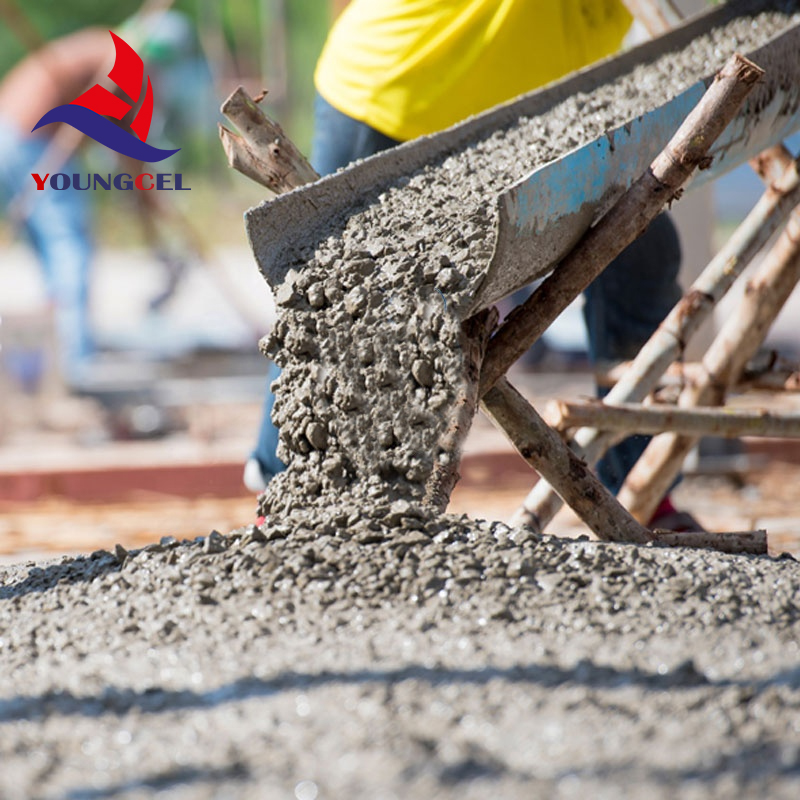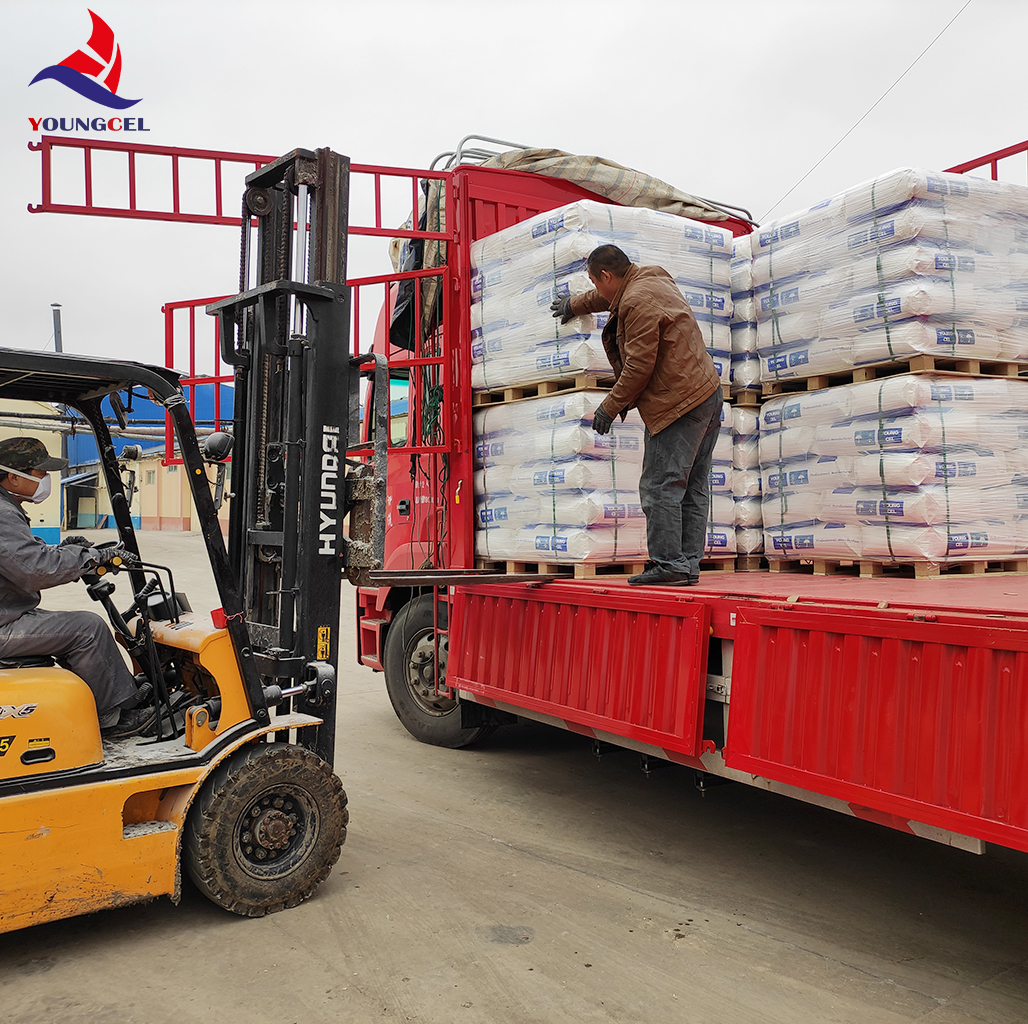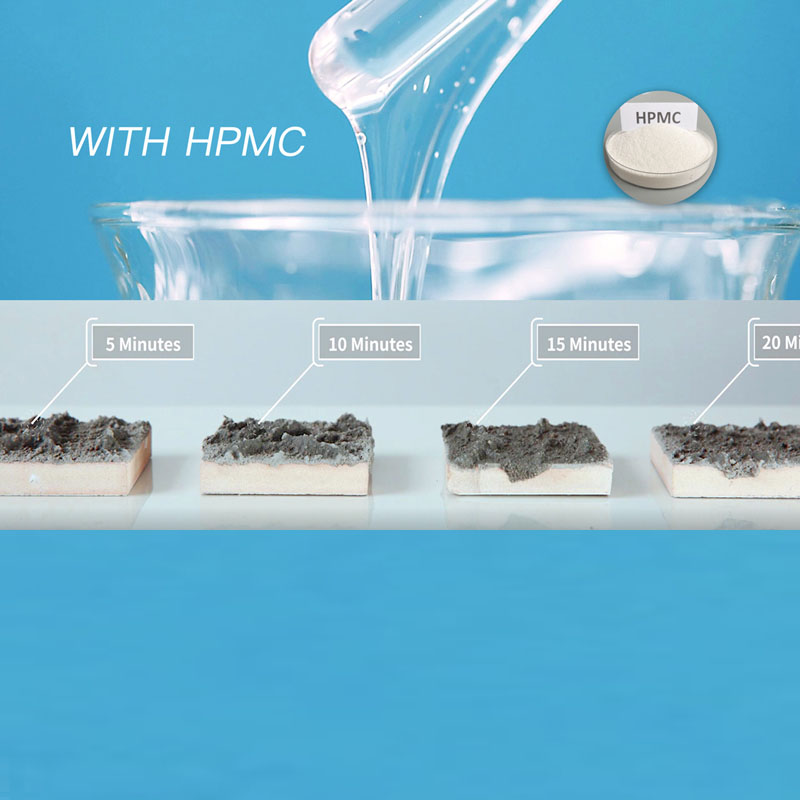Hydroxypropyl Methyl Cellulose (HPMC) has emerged as a critical additive in modern construction materials, offering exceptional performance in tile adhesives, plaster, and cement formulations. This article provides an in-depth analysis of HPMC's technical specifications, functional advantages, and industrial applications, supported by insights from the National Institute of Standards and Technology (NIST) on material science standards. Learn more about HPMC from Shijiazhuang Gaocheng District Yongfeng Cellulose Co., Ltd.
Product Overview

HPMC is a modified cellulose ether derived from high-purity cotton fibers through a specialized etherification process. It is widely used as a tile adhesive chemical and plaster additive due to its unique combination of properties, including water retention, viscosity control, and enhanced adhesion. The product is available in various particle sizes, with a typical appearance of milky white or white powder. Explore the product page.
Technical Specifications
| Parameter | Specification |
|---|---|
| Appearance | Milky white or white powder |
| Carbonization Temperature | 280-300% |
| Color Temperature | 190-200% |
| Particle Size | 100 mesh pass rate >98.8%; 80 mesh pass rate 99.9%; 40-60 mesh (special specifications) |
| Apparent Density | 0.25-0.70 g/cm³ (typically 0.5 g/cm³) |
| Specific Gravity | 1.26-1.31 |
| Solubility | Soluble in water and certain solvents (e.g., ethanol/water, propanol/water) |
Key Functional Advantages
HPMC's molecular structure provides a range of benefits that make it indispensable in construction applications:
- Water Retention: Enhances workability and prevents premature drying of cementitious mixtures.
- Viscosity Control: Modulates the consistency of mortars and adhesives for optimal application.
- Adhesion Improvement: Strengthens bond between tiles, plaster, and substrates.
- Dimensional Stability: Reduces cracking and shrinkage in cured materials.
- Anti-Microbial Resistance: Inhibits mold and bacterial growth in wet environments.
According to NIST, "Cellulose ethers like HPMC play a pivotal role in modern construction materials due to their ability to enhance rheological properties and durability under varying environmental conditions." This aligns with the product's specifications, which emphasize stability across different pH levels and temperatures.
Industrial Applications

HPMC is utilized in multiple construction scenarios, including:
- Cement Mortar: Improves cohesion and reduces segregation during mixing.
- Ceramic Tile Cement: Ensures strong adhesion and long-term durability.
- Refractory Coatings: Acts as a suspension agent and improves substrate adhesion (Shijiazhuang Gaocheng District Yongfeng Cellulose Co., Ltd.).
- Gypsum Slurry: Enhances water retention and workability for seamless application.
- Joint Cement: Boosts fluidity and adhesion in gypsum board installations.

The product's versatility is further highlighted by its compatibility with diverse materials. For instance, its solubility in water and specific solvents allows it to be integrated into both aqueous and hybrid formulations, making it suitable for plaster additives and tile adhesive chemicals.
Company Background
Shijiazhuang Gaocheng District Yongfeng Cellulose Co., Ltd. is a leading manufacturer of cellulose derivatives, specializing in high-purity HPMC for industrial applications. With a focus on quality and innovation, the company adheres to international standards for material performance and safety. Their products are widely used in construction, pharmaceuticals, and coatings sectors.
As noted by NIST, "Manufacturers like Yongfeng Cellulose contribute to the development of advanced materials by leveraging precise chemical processes and rigorous quality control." This commitment to excellence is reflected in the product's technical specifications and applications.
Conclusion
Hydroxypropyl Methyl Cellulose (HPMC) is a transformative additive that addresses critical challenges in construction materials. Its unique properties, including water retention, adhesion, and stability, make it an essential component for tile adhesives, plasters, and cement formulations. By partnering with companies like Shijiazhuang Gaocheng District Yongfeng Cellulose Co., Ltd., industries can ensure the reliability and performance of their products. For further details, visit the company website.
References
National Institute of Standards and Technology (NIST)
Shijiazhuang Gaocheng District Yongfeng Cellulose Co., Ltd. (2023). Product Specifications.
-
Understanding Methyl 2 Hydroxyethyl Cellulose: Uses, Benefits & Industry InsightsNewsNov.24,2025
-
Hydroxyethyl Methyl Cellulose HEMC: Industrial Uses, Benefits & Future TrendsNewsNov.23,2025
-
HEMC Cellulose: Versatile & Sustainable Industrial Polymer | YoungcelNewsNov.23,2025
-
Methyl Hydroxyethyl Cellulose: Versatile Building Block for Industry & SustainabilityNewsNov.23,2025
-
CAS 9032 42 2: Understanding Polyvinyl Alcohol's Impact on Industry & SustainabilityNewsNov.22,2025
-
Hydroxyethyl Methyl Cellulose: Versatile Solutions for Modern Industry and SustainabilityNewsNov.22,2025




